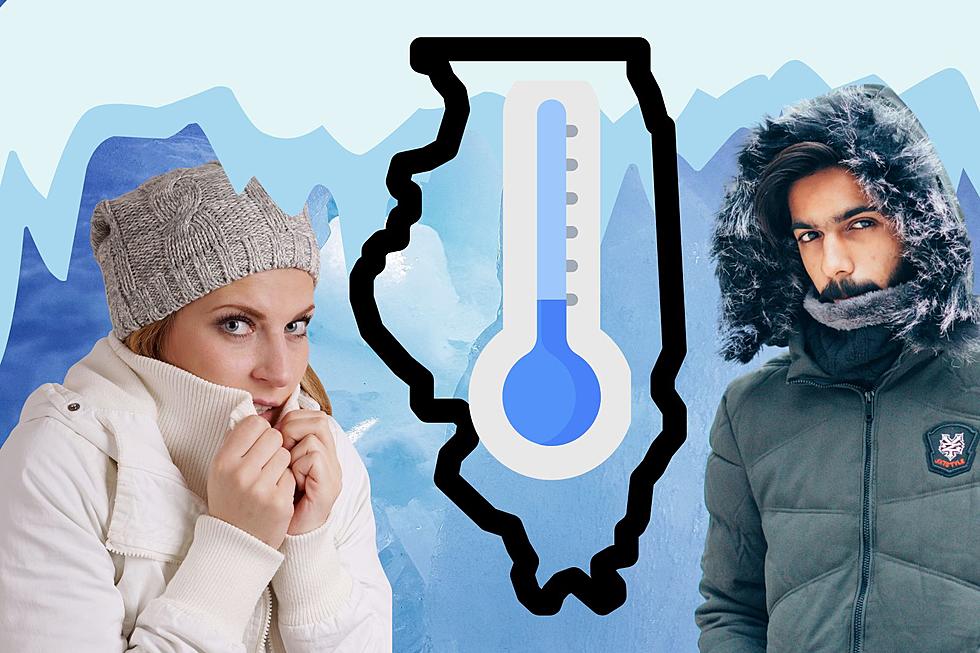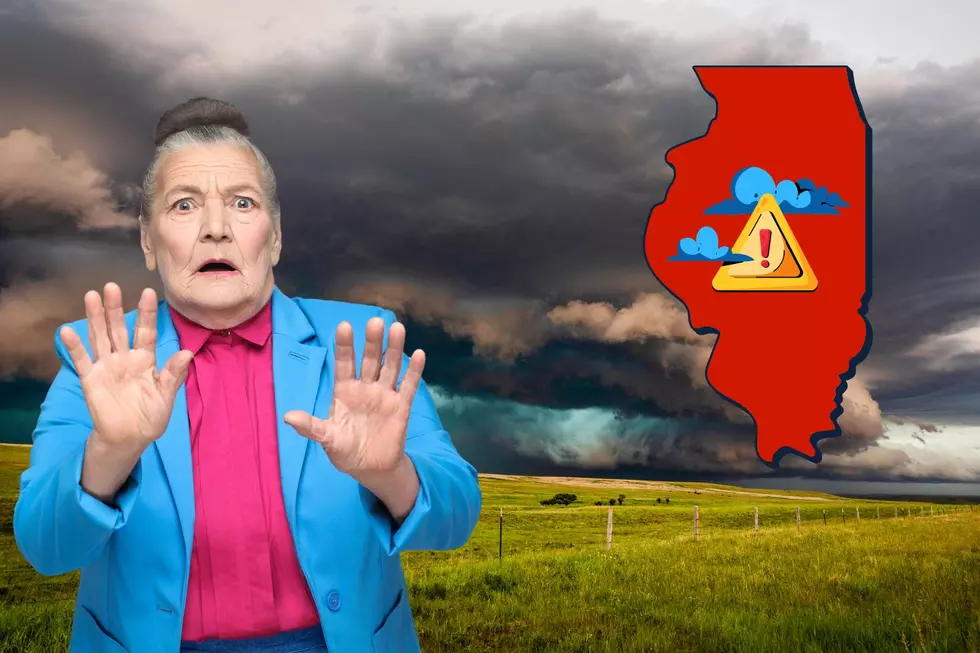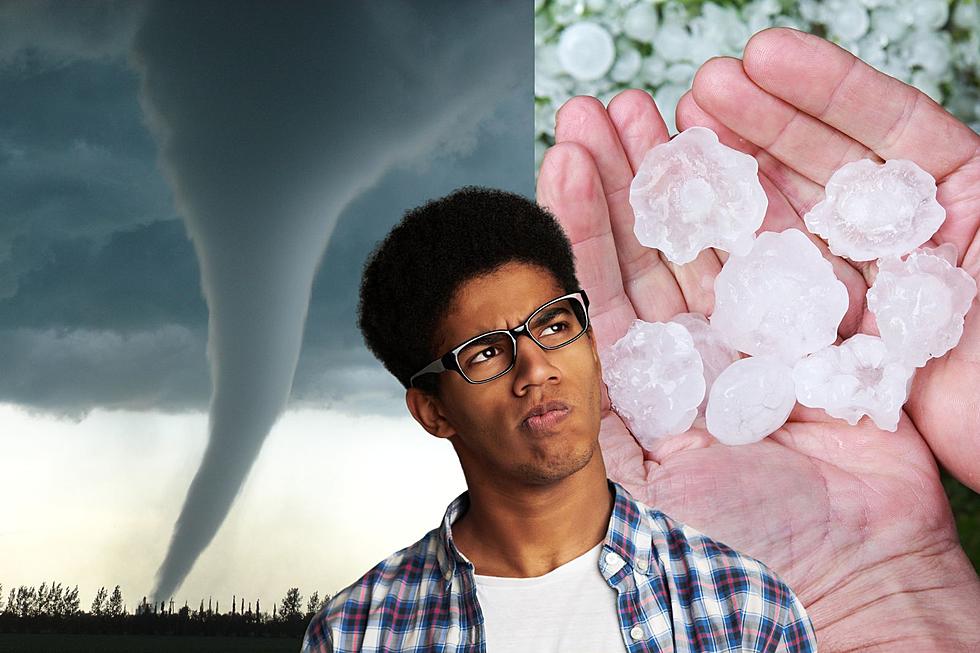
After a Brief Warm Up for Illinois, Freezing Temps To Follow Thunderstorms
This midwestern springtime weather has been giving some people in the Rockford region PTSD with the drastic changes in temperature that have been happening.
Another Northern Illinois Freeze Warning Possible This Weekend
Temperatures dropped into the upper 20s early on Tuesday morning (4/18) causing a freeze warning to be implemented for the area which was devastating for plants and flowers that weren't brought indoors.
According to the latest Weather Channel forecast for Rockford, high temperatures will rise into the mid-60s on Wednesday (4/19) with cloudy conditions, then on Thursday (4/20) it will be near 70 degrees with a 70 percent chance of showers and thunderstorms.
MAP: See Path the March 31 Tornado Took Through Rockford, Illinois
Fall-like temperatures return for the weekend in northern Illinois
Friday will be mild with temps in the lower 60s but Friday night will be in the lower 30s. Saturday (4/22) will be cloudy with a 20 percent chance of precipitation and a high only expected in the upper 40s.
Overnight lows on Saturday night are expected to be below freezing near 30.
Sunday's high temperatures will also be in the mid to upper 40s with partly sunny conditions expected in Rockford, then a low in the upper 20s on Sunday night, according to the latest extended forecast from the Weather Channel.
More Springlike Temperatures are Expected Next Week
After the weekend ends, the sunshine will come out in abundance. Of course.
Monday (4/24) is expected to be mostly sunny and warmer with highs in the middle 50s, and in the upper 30s on Monday night, according to the Weather Channel.
What are the Average April Temperatures for the Chicagoland and Rockford areas?
According to Wanderlog, the average high temperature in April is 59 degrees, and lows average around 36.
LOOK: The most expensive weather and climate disasters in recent decades
More From Rockford's New Country Q98.5









